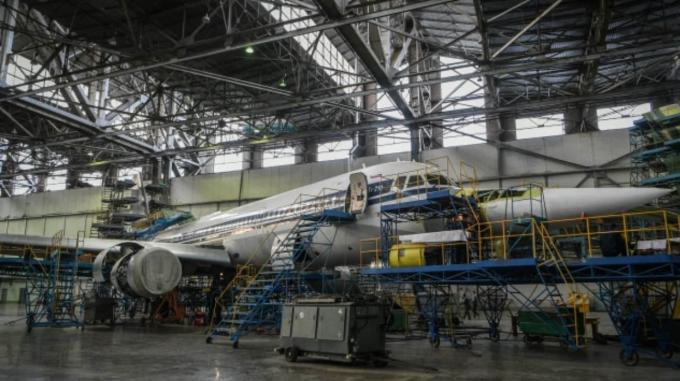Russia Expands Strategic Aircraft Production in Kazan: Analyses, Challenges, and Strategic Implications

The future of the Kazan aircraft plant has attracted attention not only amid Russia's internal reforms but also within the context of global military strategy and technological competition. Over the past few months, large-scale efforts have been underway in Kazan to expand manufacturing facilities, initiated last winter, as evidenced by new satellite images. These images indicate significant investments and underscore the strategic importance of the enterprise for Russia's military and civilian aviation industries. According to analytical data, the largest newly constructed building is approximately 320 meters long and covers over 19,000 square meters — nearly three football fields simultaneously. The modernization costs are estimated at over one billion euros, reflecting the state's intention to substantially increase the production capacity, particularly for the creation and maintenance of high-tech strategic bombers capable of carrying nuclear weapons. It is reported that the factory expansion was scheduled for completion by the end of 2024; however, due to sanctions pressure and the shortage of sufficiently skilled workers, the process is experiencing delays. Currently, the territory remains in the construction and development phase, with final work expected to conclude only by the end of next year. Evidence of these ongoing processes can be seen in production facility images taken in May 2025. It is important to emphasize that the Kazan aircraft plant is the only facility in Russia capable of designing, producing, and upgrading strategic bombers — specifically those capable of carrying nuclear payloads. This is the site from which damaged or destroyed aircraft were retrieved following the Ukrainian operation "Web" in June, which targeted five Russian airbases, including the unique facility in Belyay. This marked the first large-scale attack by Ukrainian UAVs in Siberia, damaging Russia’s strategic aviation forces in the country’s most remote regions. According to military expert Marko Eklund, who previously worked in Finnish intelligence, the reconstruction of the Kazan plant will not resolve the fundamental issues facing Russia’s aviation industry. It will only enhance the capacity to produce and upgrade certain components but will not serve as a panacea for gaining strategic dominance in this field. Meanwhile, Ukraine's "Web" operation, one of the largest during the war, forced Russia to reconsider its strategic positions. These strikes, primarily carried out using FPV drones launched from remote locations, targeted airbases deep within Russian territory. According to Western military sources, approximately 10% of Russia’s strategic aviation was damaged. The goal was not only to diminish combat capability but also to raise concerns about the security and logistics of Russia’s strategic forces. U.S. President Donald Trump commented on this situation, asserting that these Ukrainian drone strikes could compel Moscow to take additional measures — to renew and strengthen a massive retaliatory response. It is also known that, in unofficial statements, he allegedly expressed admiration for Ukraine’s actions and even considered them an effective means to counter Russian aggression. In response to Ukrainian-Russian military tensions, the U.S. speculates that Moscow is already preparing a new phase of counteroffensive actions aimed at restoring strategic balance and deterring further Ukrainian attacks. The preservation and modernization of Russia’s aviation industry remain key elements of this strategy, with the Kazan plant laying the groundwork for the coming years. Therefore, the current situation demonstrates that Russia is strengthening its defense capabilities by investing heavily in the production of strategic aviation, while also confronting internal challenges and international pressure. Ukraine’s tactical strikes prove that even the most modern Russian defense objects are once again becoming targets for highly organized and technologically advanced drone operations. This, in turn, encourages deeper reevaluations of strategic plans across Russia and the broader international community.

